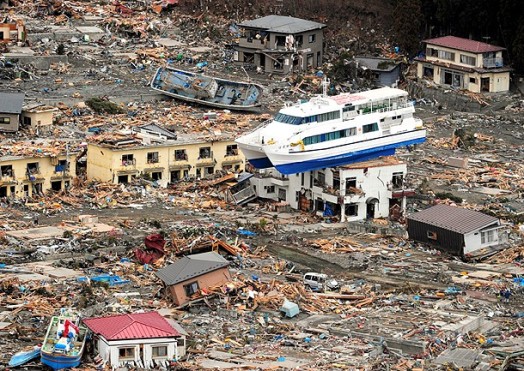The number of humanitarian emergencies have growth largely during the last decade derived from natural disasters or conflicts developed by the human being. It is difficult not to think about the Haiti earthquake in 2010 and the Japan earthquake and tsunami in 2011.

When a humanitarian crisis occurs, different humanitarian organizations, like ONGs and cooperation public agencies, work to supply affected locations with basic necessity items and helping in the reconstruction of the places. The organizations must manage a huge quantity of human resources, materials and information between the damaged location and the rest of the world. Thus, the logistics is fundamental in these cases.
- To manage the flow of materials and human resources: A huge number of deliveries of different types is produced (food, medicines, machines, vehicles and unsolicited). Additionally, it is important to consider that sometimes unsolicited supplies generate problems because they waste time and storage space needed for urgent supplies.
- To manage the flow of information: It is necessary to analyse the problem in situ in order to stablish the potential needs and what the surface damages are. This is done to design a supply chain and implement it to know which resources the location needs and which information supply to the society.
- To manage the financial flow: It is important to get liquidity rapidly in order to respond immediately to the disaster. Donations made are not received at the moment, sometimes they need months to get to the final destination. There are organizations that provide the emergency funds anticipating to the real emergencies.